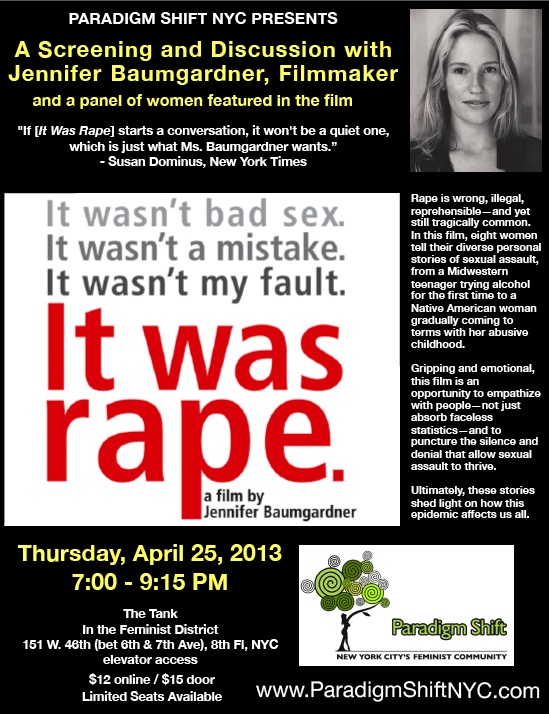It sometimes seems as though the attack on abortion rights will never end. After all, just this week, the North Dakota legislature passed a ban on abortions after 6 weeks and moved a personhood amendment to the 2014 ballot, outdoing a recently enacted Arkansas ban on abortions after 12 weeks. The war on women’s reproductive rights is constant. According to the Guttmacher Institute, 92 abortion restrictions in 24 states were enacted in 2011 alone.
But in light of these aggressive and continual anti-choice attacks, New York’s Governor Cuomo has decided to not only buck the restriction trend, but to move in the opposite direction entirely. Standing firmly on the sides of women’s health and autonomy, Governor Cuomo has proposed a 10-Point Women’s Equality Act that, among many other things, would ease restrictions on abortions after 24 weeks of pregnancy. The current New York law currently allows abortions after 24 weeks only if the pregnant women’s life is at risk. Though overridden by a federal law that protects women’s health, the wording of the current State law often inhibits doctors and women from accessing their legal right to obtain an abortion necessary for their health, for fear of legal retribution.
Governor Cuomo’s proposal would also make clear that health care practitioners, as well as physicians, can legally perform abortions, and would make abortion a part of the state’s public law, rather than part of the state’s penal code. This is an important symbolic stance: abortion is a part of comprehensive reproductive health care and there is nothing criminal about it. One in three women in America will have an abortion, and this gesture shows that New York stands in solidarity with those women and understands that abortion is a health care right.
According to a recent Siena poll, “80% of New Yorkers agree that New York should enact a law ‘protecting reproductive freedom for women, ensuring a woman’s right to make private health care decisions regarding pregnancy.’” Governor Cuomo’s proposals would do just that. This would not only affect the women of New York, ensuring their right to reproductive autonomy, but would have national implications, as well. It would send a signal to the rest of the country that restrictions on abortions are not inevitable, that attacking women’s rights to reproductive freedom is unacceptable. It is crucial that these proposals are passed: they would ensure that the right to an abortion is protected, and would signal to the rest of the country that abortion rights are legitimate, necessary, and imperative.
While New York does provide public health insurance coverage for abortion services, the reality is that many women still fall through the cracks. Many women are not eligible for state funding, but are still unable to afford an abortion on their own. While Governor Cuomo’s commitment to easing restrictions on abortions in an important move and will have inordinate positive impacts on women’s health and abortion access, for many women, the biggest restriction to abortion access is the cost.
This is why a full repeal of the Hyde amendment, which bans federal Medicaid coverage of abortion, needs to be repealed. Easing restrictions is important and needed, but so is expanding coverage and access. A woman cannot exercise her right to an abortion if she is unable to afford it. The Hyde amendment privileges women who can afford an abortion over those who can’t, and distinctly affects women of color. A right to an abortion should not be predicated on whether or not you can afford it. Easing restrictions can only do so much; we need an increase in state and federal funding in order to ensure the protection, availability, and access to abortion.
Governor Cuomo’s support for abortion rights is a small beacon of hope in the fight against anti-choice zealotry. It will help to reinforce that abortion is, in fact, a facet of women’s health care, and can serve to de-stigmatize abortion, both in New York and on a national level. And when 70% of Americans believe Roe versus Wade should stand, Governor Cuomo’s proposals reflect the national consensus that women have the right to an abortion. But this proposed legislation can only do so much. We need to continue to push for a repeal of the Hyde amendment and full support of abortion rights within comprehensive reproductive health care for women. We need to press our legislators to increase state and federal funding for low-income women to access abortions. And we need to continue to support those women who, through no fault of their own, are unable to afford an abortion.
There is no choice if there is no access.

